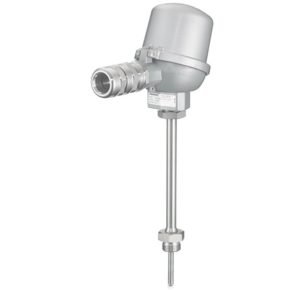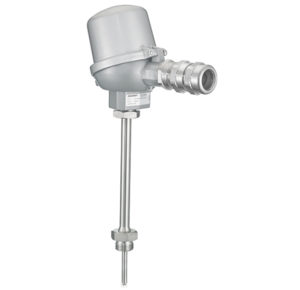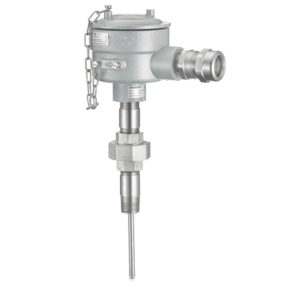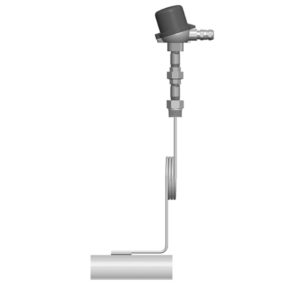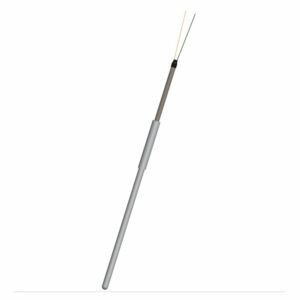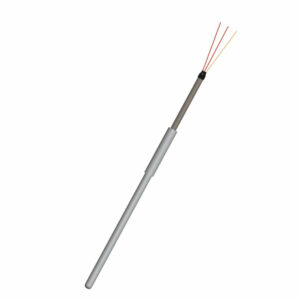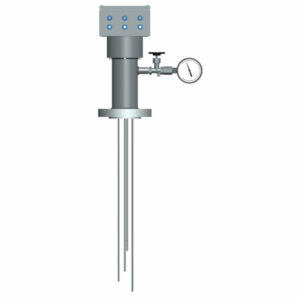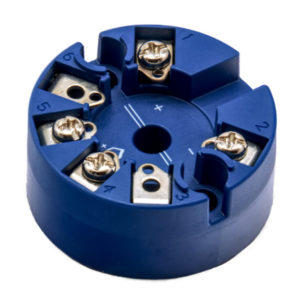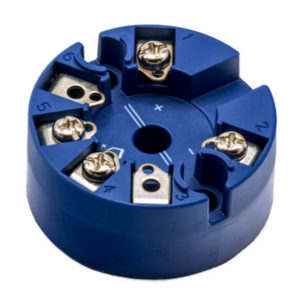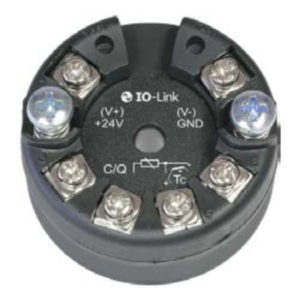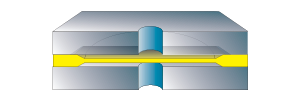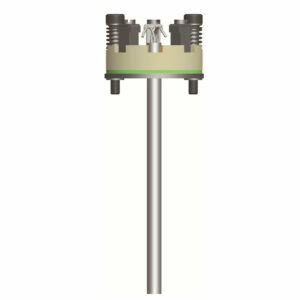

OEM Temperature Sensors ITS
OEM Temperature Sensors ITS
With the INDUSTRIAL TEMPERATURE SENSOR (ITS) product line, Ashcroft offers a matched range of products specifically designed for temperature measurement in the industrial OEM industry.
Industry Brochures
Key Features
Markets & Applications
HVAC-R
Machine Automation
Pumps and Compressors
- Specifications
- Downloads
Ingress Protection
IP65
IP66
IP67
IP68
Measurement Element
KTY
NTC
RTD (Pt100/Pt1000)
Thermocouples
Custom solutions
Process Connection Style
Plunged
Strap on
Threaded
Electrical Termination
AMP Junior Power Timer
Bayonet DIN 72585
FASTON Blade Terminal
Deutsch® DT04-2P
Wire and terminals
Hirschmann EN 175301-803 Form A
M12 Hirschmann® 993-172-100
Probe Sheath
Aluminium
Brass
Plastic over molded
Stainless steel
Output Signal
Thermocouple
Custom output solutions
4-20 mA (2-wire)
RTD
Thermistor
Cable Material
PTFE
PVC
Silicone
Industry Brochures
- Category: Electronic Temperature Devices




